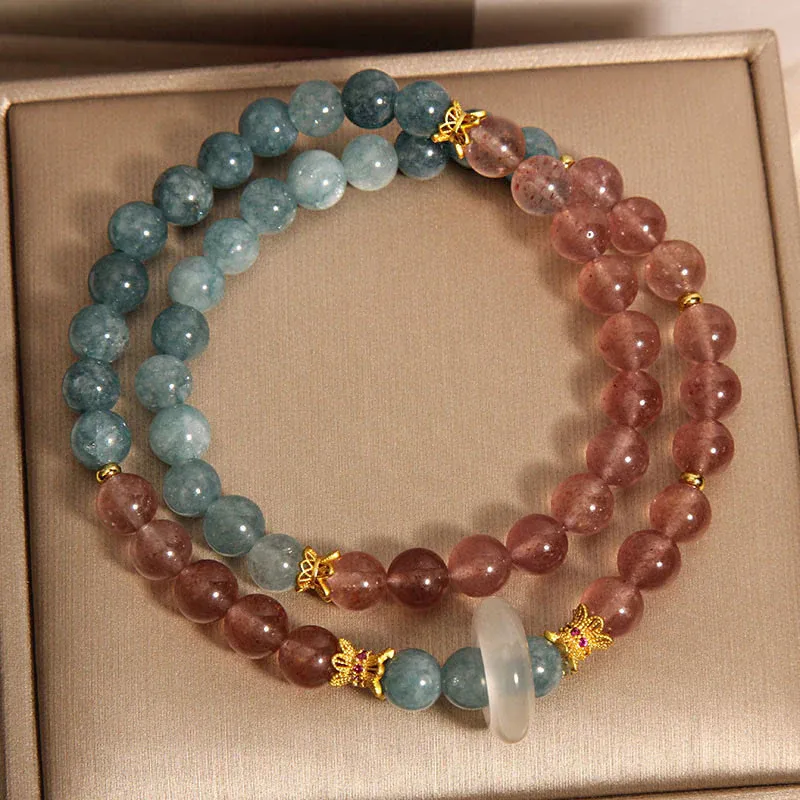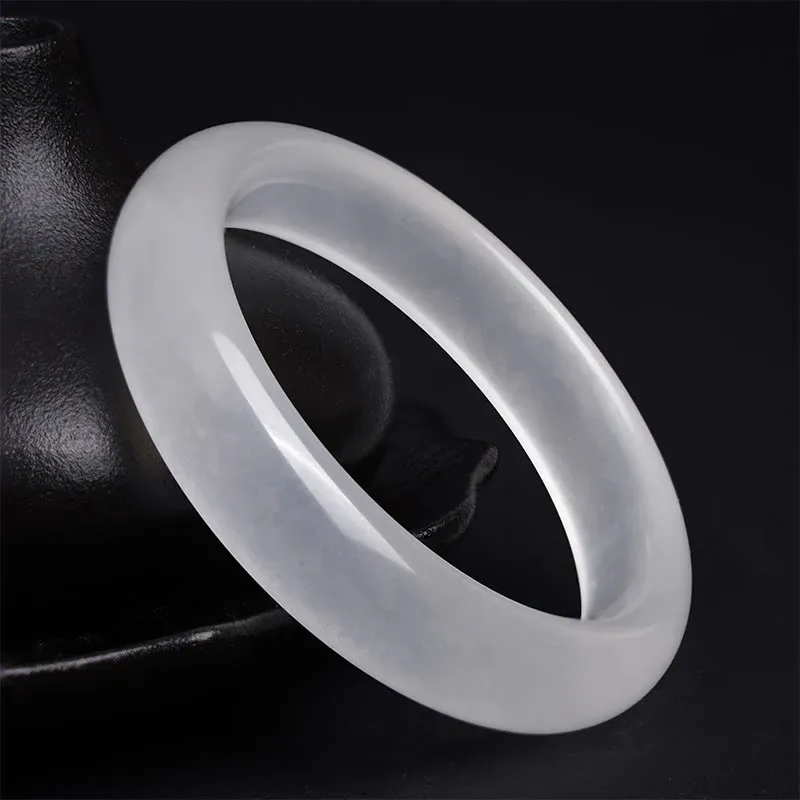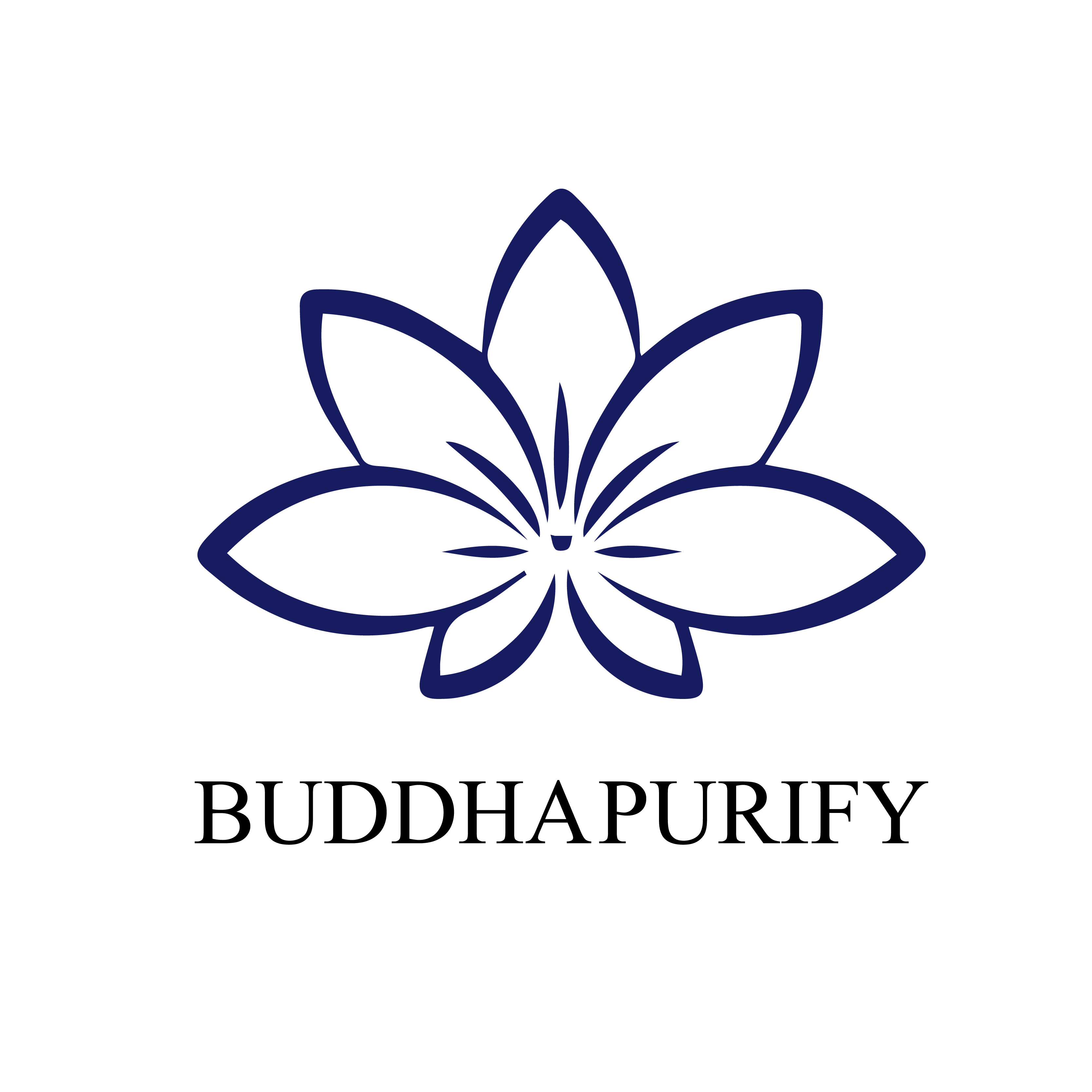Learn About 25 Types of Jade 11-15
Learn About 25 Types of Jade
Today, let's learn about the 11th to 15th types of jade.
Jade has four key standards:
- A certain degree of hardness
- Beautiful color, either monochrome or multicolored
- Smooth and lustrous
- Ranges from opaque to semi-transparent (or transparent)
In general, jade can be defined narrowly or broadly. Narrowly defined, jade includes two categories: hard jade and soft jade. Hard jade primarily refers to jadeite, while soft jade refers to Hetian jade. Broadly defined, jade includes not only soft and hard jade but also other stones like Dushan jade, Xiuyu jade, as well as crystal, agate, turquoise, lapis lazuli, and more. Simply put, any lustrous stone that serves a function in our material, economic, or daily life can be considered jade.
11. Shoushan Stone
Shoushan stone derives its name from Shoushan Village in Fuzhou. Tools made from Shoushan stone have been discovered dating back to the Neolithic era. During the Northern and Southern Dynasties, people began using this stone to craft artworks. Because Shoushan stone is soft but comes in various colors, it is often used for seals and ornaments. From the Qing Dynasty to the present day, it has also been used to make decorative figurines.
Shoushan stone is available in colors such as red, purple, green, brown, yellow, white, and black. It has a hardness of 2 to 3, with a waxy luster. Due to its softness, it is also known as a "soft gem." Shoushan stone is classified into three categories based on the type of mining: Field Mines, Water Mines, and Mountain Mines. One of the most famous varieties is Tianhuang, which is often referred to as the "King of Stones" and is extremely rare. A common saying is "Gold is easy to find, but Tianhuang is hard to come by," reflecting its high value. Historically, emperors like Zhu Yuanzhang and Emperor Qianlong had their imperial seals carved from Tianhuang stone. Given its high price, many imitations exist, so it's important to be cautious when purchasing.
12. Nanyue Jade (Southern Jade)
If you've visited jade markets often, you're likely familiar with Nanyue jade. This type of jade is typically crafted into medium or large decorative items, such as dragon boats, bonsai trees, and tea sets. The primary color is green, with some white or yellow mixed in. A medium-sized dragon boat made of this jade usually costs around a thousand yuan, making it affordable and often quite intricately crafted.
Nanyue jade, also known as Southern Jade, primarily comes from Xinyi in Guangdong Province and is a type of Xiuyu jade (serpentine jade). It has a fine texture but a low hardness, making it easy to work with and ideal for medium or large carvings. Its colors range from light green to dark green, with some pieces showing patterns in yellow, white, or brown. It has an oily or waxy luster and ranges from opaque to semi-transparent. Nanyue jade has a hardness of 4 to 5, and because of its abundance, it is often exported for craftwork. One famous example of this jade is the large dragon boat gifted by Guangdong to Hong Kong during the 1997 handover.
13. Aventurine (East-Ling Stone)
Aventurine, also known as East-Ling Stone or East-Ling Jade, resembles jadeite and nephrite and is primarily composed of silicon dioxide. Like agate, crystal, and quartz, it is a silica-based gemstone. Aventurine is abundant and affordable, often classified as a lower-grade jade.
Aventurine has a hardness of 7 and a density of approximately 2.66, giving it a light, almost floating feel. It is also referred to as "Indian Jade" or "Indian Emerald" due to its primary source being India. In China, similar stones are found in Henan Province, where they are known as Mi Jade. Aventurine is typically green, ranging from light to dark, and is popular among women due to its low price and bright color. However, it can be easily distinguished from jadeite by its lack of natural jadeite characteristics.
14. Rice Yellow Jade
Many people are likely familiar with rice yellow jade, which is more accurately classified as marble. Its products are relatively inexpensive, ranging from tens to hundreds of yuan. The main color is yellow, with two common varieties: Millet Yellow, which has a pale, grain-like appearance, and Striped Yellow, which features irregular white lines across the yellow background.
Rice yellow jade is opaque to semi-transparent, with a granular structure and a hardness of 4.3 to 4.5. It is brittle and prone to chipping or cracking over time, and although some high-quality pieces have a fine texture, many are coarser and less durable. Strictly speaking, rice yellow jade is not a true jade but a type of stone. Its abundance and low price make it a common decorative material. Be cautious of sellers who claim it is yellow jade, which is a much rarer and more valuable variety found in Xinjiang.
15. Ivory Jade
In recent years, ivory jade has gained attention in the market. Initially unfamiliar to many, it was later identified as a type of jade from Tibet. Ivory jade has a very fine texture and a pure white color, resembling ivory.
Ivory jade is composed of magnesium carbonate and differs from the common soft white jade (a hydrated calcium magnesium silicate). It is white, with a hardness of 6 to 6.5, and has a smooth, ivory-like luster. Its craftsmanship makes it an excellent material for decorative items, and it has gained popularity as an affordable alternative to other white jades.
Brand Introduction: BuddhaPurify
BuddhaPurify is a brand deeply rooted in the rich heritage of Chinese traditional culture and Buddhist practices. Our mission is to offer a unique blend of ancient wisdom and modern elegance through our products, which are designed to enhance spiritual well-being, personal growth, and holistic health.
Foundation and Philosophy
Inspired by the timeless teachings of Buddhism and the profound traditions of Chinese culture, BuddhaPurify is dedicated to providing products that reflect the serene and enlightened aspects of these ancient philosophies. Our brand is built on the principles of mindfulness, purity, and spiritual harmony, aiming to bring balance and tranquility to our customers' lives.
Cultural Enrichment
We believe in the power of cultural enrichment and strive to educate and inspire our customers through the stories and meanings behind our products. Our brand seeks to bridge the gap between traditional spiritual practices and contemporary life, offering products that resonate with both ancient wisdom and modern sensibilities.
Conclusion
BuddhaPurify is more than just a brand; it is a journey into the heart of Chinese traditional culture and Buddhist spirituality. Through our thoughtfully curated products, we aim to support your quest for inner peace, spiritual growth, and a balanced life. Explore our collection and experience the harmonious blend of tradition and tranquility that defines BuddhaPurify.





